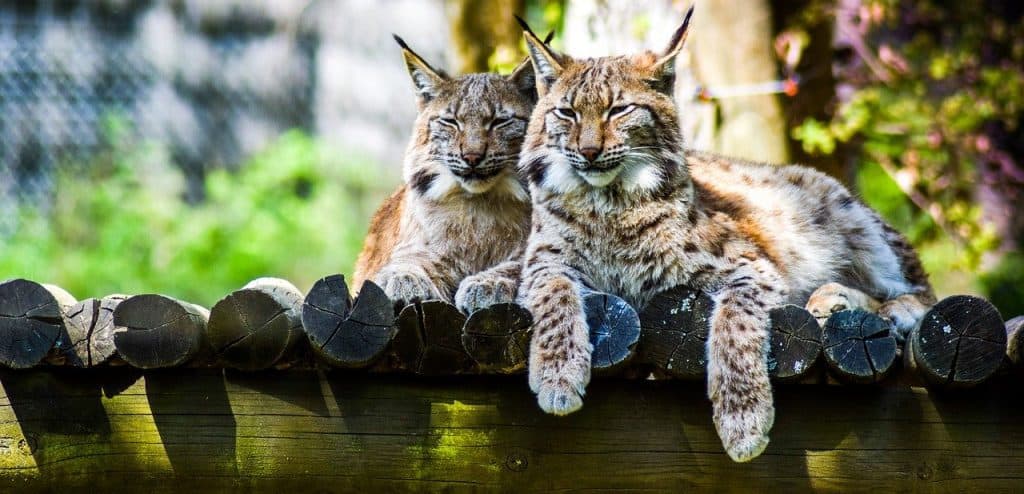The Spring is usually the time of year I often get students asking for recommendation letters, either for future job prospects or for further academic study. However, there are a large number of students that are still unsure as to their “fit” within the broad landscape (pun intended) of our industry.
It is easy to understand why this could be. If you look at any job listing within a quick “landscape architecture” search query, the results could range from standard residential garden design to working for a state’s Department of Transportation. Many emerging professionals and young graduates may wish to pursue more unique and uncharted territories not often covered in the standard academic curriculum of landscape architecture.
This article will review three unique and rewarding areas in Landscape architecture that are often overlooked. For students that are searching for their place within our industry, or simply find the standard public/private design work a bit dull, these options may be suitable for further exploration.
#1. Zoological Design & Habitat Creation
It may seem simple – animals need a place to live while in captivity at zoos or animal preserves; however, the design of these habitats is far from that simple. Landscape architects can have a dramatic and beneficial impact on the design, maintenance, and experience of the animals – and park-goers – at these large multifaceted facilities.
Not only do the designers of animal habitats need to keep in mind the traditional native plant palette, but they also need to fully investigate and understand the particular animal’s daily habits, seasonal lifestyle changes, food preferences, and basic physiology in order to create stimulating and vibrant environments for the species.
Now, I must admit that I cannot take full credit for identifying this unique and valuable option within the field. A few years ago, I had an enthusiastic student that came into my program specifically for the purpose of working within this niche – a dream of perhaps even one day working for Disney.
From an internship he had landed, I learned firsthand the extremely diverse and awesome challenges landscape architects and habitat designers face in this realm. His enthusiasm and daily feedback of his work really transformed my perspective on this topic. These habitat “specialists” bridge a gap between the seamless user-experience of park-goers and the fundamental needs of the animals – it is a unique display of environmental stewardship.
For those interested in this field – you could look either look for specific landscape architecture firms that specialize in zoological design, or search for zoos and animal preserves in your area that are looking for staff. You may need to take a few additional classes in ecology, wildlife biology, or conservation.
If you are considering this – I would definitely advise taking a weekend trip to your local zoo and see if you can speak to someone about their experiences and advice. Also, it would be beneficial to review the Zoological Association for America website to find information on the overall zoo-industry itself, before committing whole-heartedly.
#2 Event Curation & Management
Landscape architects often design spaces to be experienced – as if visitors are taken on a journey through the spaces which is specifically prescribed by the intentions of the designer. Within this role, landscape architects can also apply their design expertise by curating, building, or managing the user-experience for large outdoor events such as concerts, fairs, weddings, or retreats.
It is an often overlooked aspect of landscape architecture, but one that can add value to a floundering design practice. By taking on the added services of event curation, the designer can provide other seasonal services to assist with income generation.
If you are thinking about delving into the world of event planning – it would be best to start small and work your way up. Taking classes in similar topics may assist in understanding the options available to you, but I believe experience will be the best instructor. Try to put on a simple day-long educational seminar through your company or business – you will quickly learn the vast array of items you need to consider which may include sponsorship, catering, audio-visual setup, speaker procurement, and much more.
For those exploring this niche, I recommend the book “How To Create Events To Remember” by Lee Richter. The book is a great primer on how to develop all the key parameters for a variety of different event types. It also has interviews and case-studies to provide better feedback.
Once you feel ready, you would need to actively market the new services you provide. Anecdotally, I know many designers that have found success getting their “foot in the door” for this type of service by approaching farms, orchards, or wineries for “Farm-to-Table” dinners. If that isn’t of your particular interest, you could also market for personal events (weddings, anniversaries, bar/bah-mitzvah’s), professional gatherings (corporate luncheons, foundation dinners, or retreats), and also unique educational opportunities (seminars, hikes, trail-rides).
#3 Archeobotany & Historic Landscape Preservation
Landscape architecture and design can also provide an extremely robust and vibrant link to the historical and cultural components of populations long forgotten. For individuals interested in history or archeology, there are variety of fields within the broader discipline that may be of interest – primarily archeobotany or historic landscape preservation.
Archeobotany is defined as a subset of archeology that researches, excavates, and catalogs plant material from preserved archeological sites. While I was an undergraduate student, my college ran a program which provided summer internships to landscape architecture students who wished to conduct field work on the archeological sites around Rome and Naples.
This field is relatively unique and small, but may provide a lovely change of pace from the traditional 9-5 office atmosphere. The historical eras through which students can research range from Imperial Rome through the Industrial Revolution and everything in between.
Obviously, a great starting point for this type of work internationally is the United Nations Educational, Scientific, and Cultural Organization (UNESCO) Heritage Sites Program. The heritage program identifies, records, and protects internationally recognized landscapes that have cultural or historical significance. If you are interested in the program, there are a number of volunteer opportunities available, but also employment options through the larger UNESCO Program.
In the United States, there is also a program through the National Park Service called the Historic American Landscapes Survey, or HALS. The HALS program is a federally-funded and managed program whose mission is to produce written or graphic documentation on historically significant landscape sites, parks, or gardens. Each state has a chapter liaison that assists with the development and recording of these notable spaces.
So as you can see, there are variety of unique options for landscape designers other than the traditional residential or public landscape work. This is just a small look at the larger world available for students or emerging professionals in the field. As the profession continues to grow, I am sure there will be a Part 2 that will showcase even more distinct options for new designers.
__________________________________________________________
Important Legal Disclaimer: Draftscapes is a participant in affiliate marketing programs designed to provide a means for sites to earn advertising fees by linking to participant vendors. Affiliations include Utrecht Art Supply and Amazon Associates. Draftscapes is compensated for referring traffic and business to these companies. Recommendations for products or services on this site are not influenced through the affiliation.


